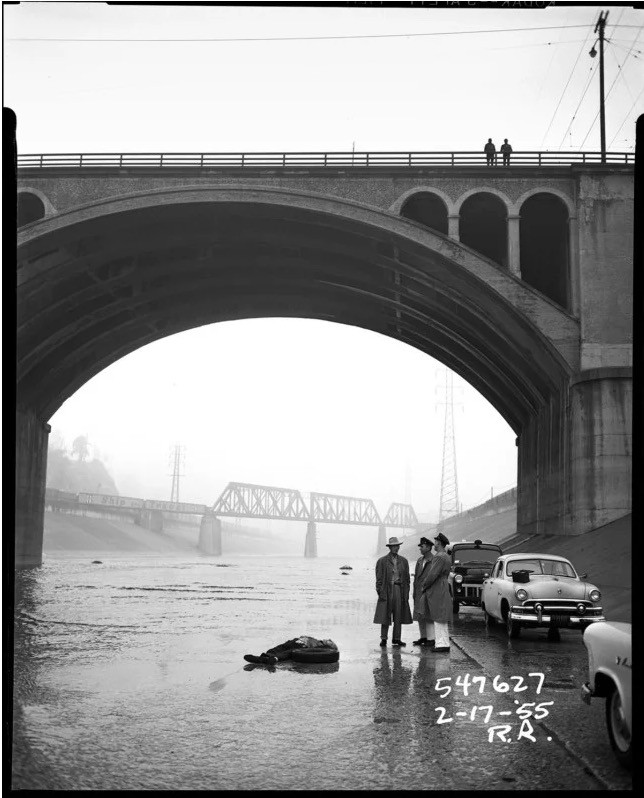In 2000, thousands of negatives, dating back to the 1920’s, were discovered in a warehouse in LA. They featured the grizzly, yet artistic noir reality of crime scenes from that early part of the century.
There were in poor condition, badly deteriorated and a fire hazard. After being rescued, restored and curated, around 80 images were picked to be showcased in an exhibition in the gallery in the city.
These fascinating forgotten pictures depict everyday crime during the first part of the twentieth century. They represent an amazing history and heritage of the LAPD and LA as a city itself. The images are incredibly compelling. From the mug shots of a glazed looking ‘vagrant’ to the belligerent ‘F*uk You’ pose of a woman under arrest, it makes for a fascinating insight into the society of the time.
More importantly for us seeing this now, it reinforces the case for securing assets, particularly ones that are perhaps not deemed to be important at the time. Safeguarding data preserves the heritage of not only a company/brand/agency, but of the wider society at that time.
Old archives can create a new buzz and subsequent publicity around a subject. People love a bit of nostalgia and looking back can be as fascinating as looking forward.
If these photos weren’t discovered when they were, they could have decayed beyond rescue, or the fire hazard could have ignited, losing them forever.
In summary, archiving and securing your data and assets properly and diligently is not only a sensible financial decision, but also a good emotional one. You never know what level of interest old school material may attract, and how much value can be placed on your heritage.
“The Art of the Archive” runs to 15th Sept 2019, at the House of Lucie in Los Angeles.
This article forms a series of discussions that aims to answer questions around:
The best digital workflows for an agency and production company
How to store my digital film rushes and masters
Film and production digital data storage
